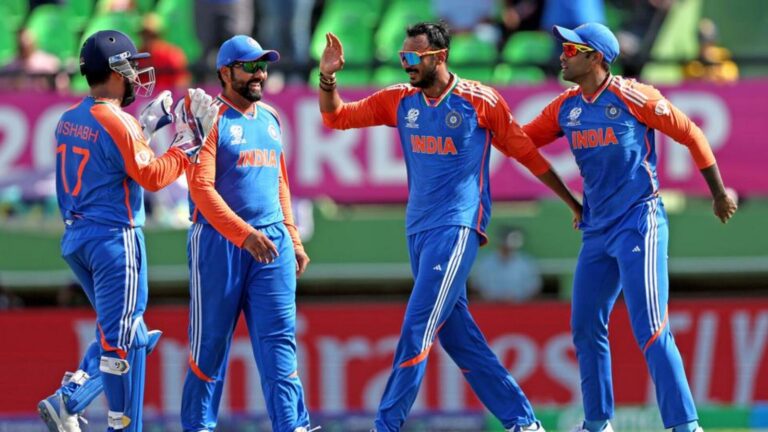The Art of Wicketkeeping in Limited Overs Cricket: Agility and Alertness
Play99exch, Allpaanel: In the fast-paced world of limited overs cricket, the role of the wicketkeeper demands a unique set of skills. One vital skill is lightning-fast reflexes, essential for swift reactions behind the stumps. Wicketkeepers need to be sharp and alert, ready to anticipate the movement of the ball and make split-second decisions to effect dismissals.
Another crucial skill for wicketkeepers in limited overs cricket is impeccable hand-eye coordination. From catching balls hurtling towards them at high speeds to cleanly gathering deflections off the bat or pad, wicketkeepers rely on their coordination to ensure they make clean takes every time. This ability to track the ball closely and synchronize their hand movements with its trajectory is what sets elite wicketkeepers apart in the high-pressure environment of limited overs cricket.
Importance of Agility in Wicketkeeping
Agility plays a crucial role in the art of wicketkeeping, especially in the fast-paced environment of limited overs cricket. Wicketkeepers need to react swiftly to the ball’s movement, change in direction, or bounce, and having agility allows them to do so effectively. It is not just about physical speed but also the mental quickness to anticipate the trajectory of the ball and adjust their position accordingly.
Wicketkeepers with exceptional agility are able to move fluidly behind the stumps, ensuring they can cover a wide range of deliveries with ease. Being agile helps them to dive for those crucial catches, leap to stop boundaries, and swiftly gather the ball for run-outs. In the game of cricket, where every run counts, the importance of agility in wicketkeeping cannot be overstated as it can make the difference between a victory and a defeat.
What are the key skills required for wicketkeeping in limited overs cricket?
The key skills required for wicketkeeping in limited overs cricket include quick reflexes, good hand-eye coordination, excellent diving and catching abilities, strong communication skills with the bowlers and fielders, and the ability to anticipate the movements of the batsman.
Why is agility important in wicketkeeping?
Agility is important in wicketkeeping because it allows the wicketkeeper to move quickly and efficiently behind the stumps, enabling them to react swiftly to the ball, take sharp catches, and execute quick stumpings. It also helps the wicketkeeper to cover more ground and make the necessary adjustments to their position based on the bowler’s line and length.
How can wicketkeepers improve their agility?
Wicketkeepers can improve their agility through regular practice drills that focus on quick movements, footwork, and reaction times. They can also work on their fitness levels and flexibility to enhance their agility behind the stumps. Additionally, working with a coach or trainer can help wicketkeepers develop specific agility exercises tailored to their individual needs.







